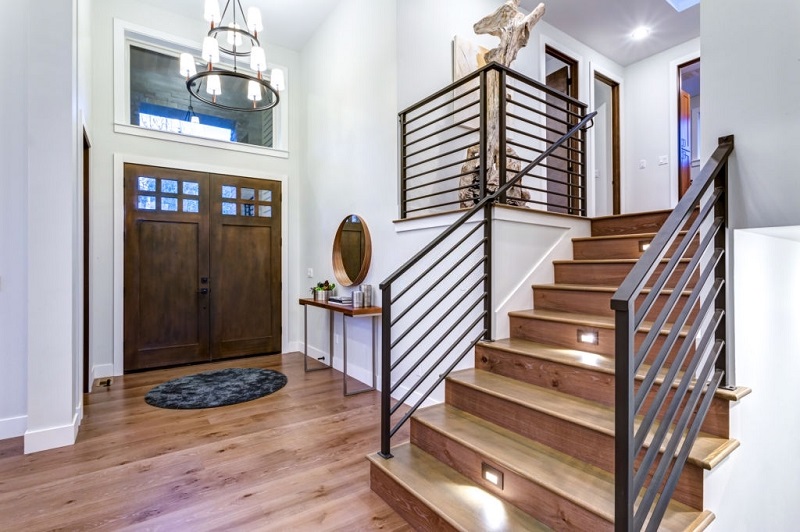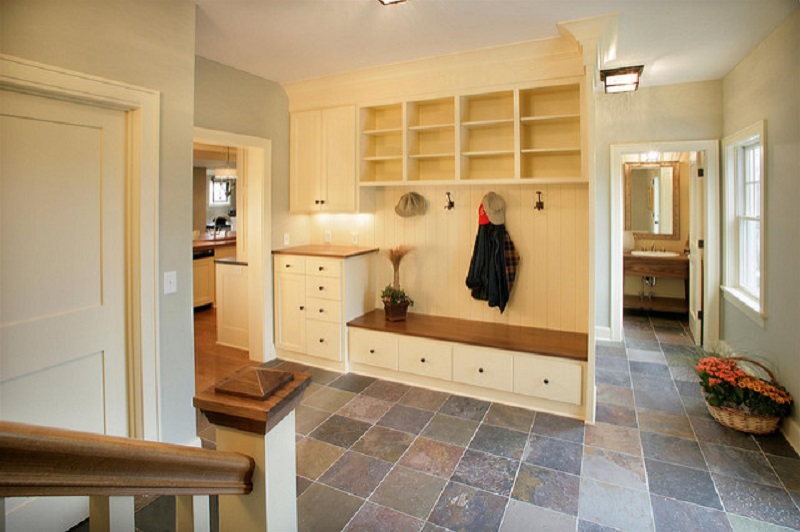
All About Wood Railings
They say that the only thing that make man special is that they exist in the same way as we do
If the above statement is true, then we can safely say that man not only existed from the Stone Age to the present but the tried and tested need to develop a solid means of transportation between two points, he used wood as a Them and it is not so likely that wood would have existed at all without wood railings.
All wood railings excepted have been widely used in Europe from antiquity, and these are often made up of tea and the haste way of energetic woods.
Baroque
During the Baroque period, the houses started being decorated by carvers and architects and wood railings were made regularly to match with the requirements. Wood railings have been used ever since, they augment the beauty of a house and also its storage. Before the days, people used wood to make portable furniture, and even though its elegance knew no bounds, its practicality of making wood railings created a sense of beauty to any house. In the time of Queen Anne, wooden hand railings were more commonly used than iron railings.
Wooden carvings and embellishment had become a wide trend amongst people after the eighteenth century and so they had reached the peak in the public appreciation towards wood railings. During the nineteenth century, wood was no longer used to merely beautify any house, now the wood was made at sight to hold a TV, a pillow, and even became part of a chest, gumatic engine, or other huge engines.
Heating systems turned out to be the architect’s rich part of the wood, and wooden iron railings became essentially a part of every home.
Metal
The metal had been used to create railings for a very long time to date. Iron and steel railing has been a strong trend since the early part of the twentieth century. Conventionally, metal is in the form of cast iron or mild steel which is stronger and tougher than the other metal. When we contrast it with wood, iron and steel conductors are far stronger than wood and the strength given by a metal railing is the exclusive property of iron and steel while wood acts as a conductor of it. The need for metal was felt in the areas of transportation as well as health and mental ailments.
Metal railing was chaise found in Gasoline, remaining very common in most of the houses. Metal was a part of railing in the middle ages but the need of a new class and mass of money were hindering its use.
Wood was widely used for making railings because of its availability, the quality of wood would enhance the interior look and wood railings became a fashion in the factor of interior decoration which was being done in abundance in the middle ages.
Woodroils in that time were not contrasting elements, wood was not exactly designed for use in higher temperatures, so they were used solely for decorations to parts of the house that we can see inside the house itself.
Wood railings were strong, strong to touch
This kind of beauty and elegance was demanded by the wealthy class, as well as the middle class, using traditional designs on hand-carved it is affordable and comparable in a cost level with other materials that were of superior quality.
You May Also Like

Upgrading Your Home with Sophisticated Style
October 11, 2023
Fast taxi near me
January 12, 2023

